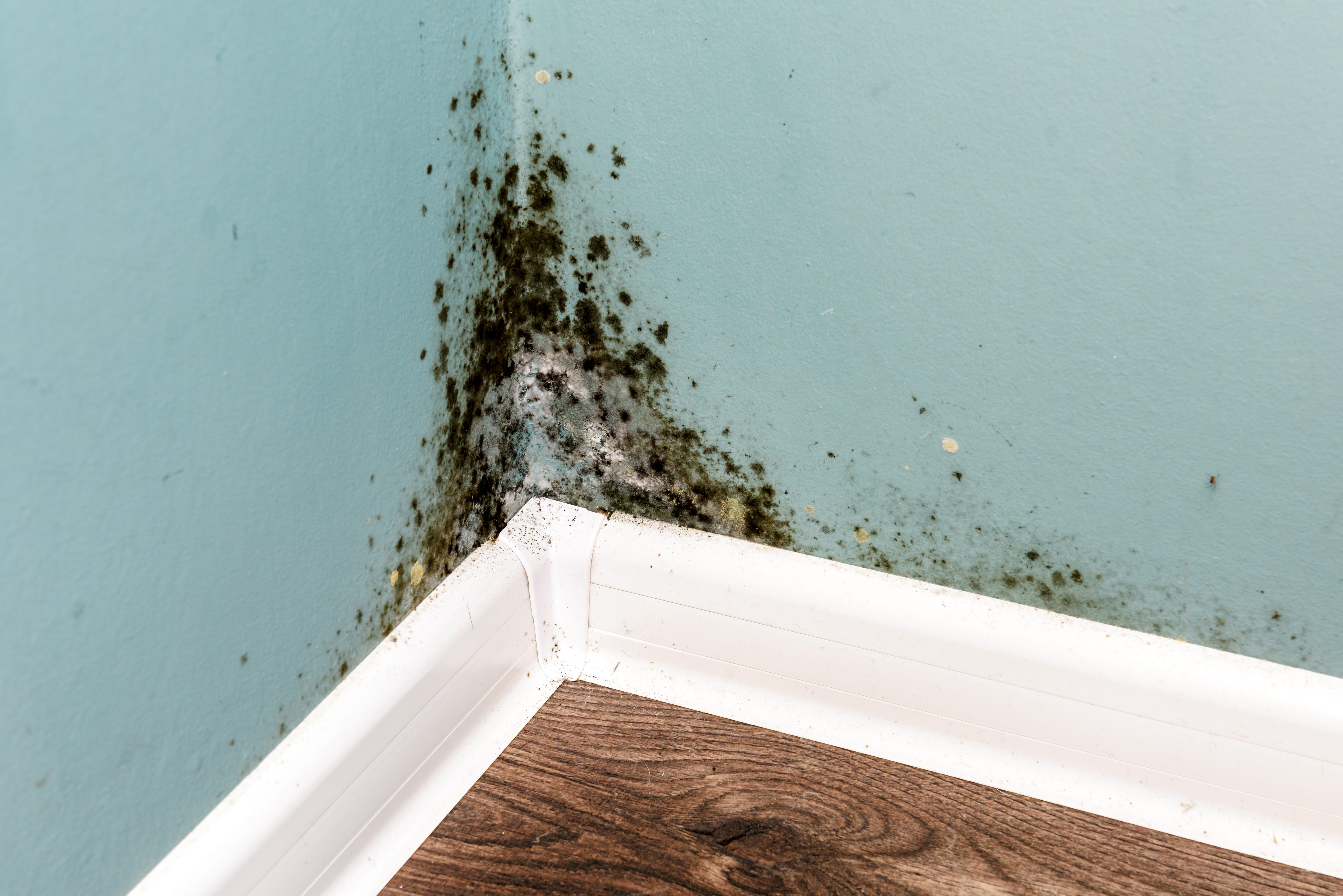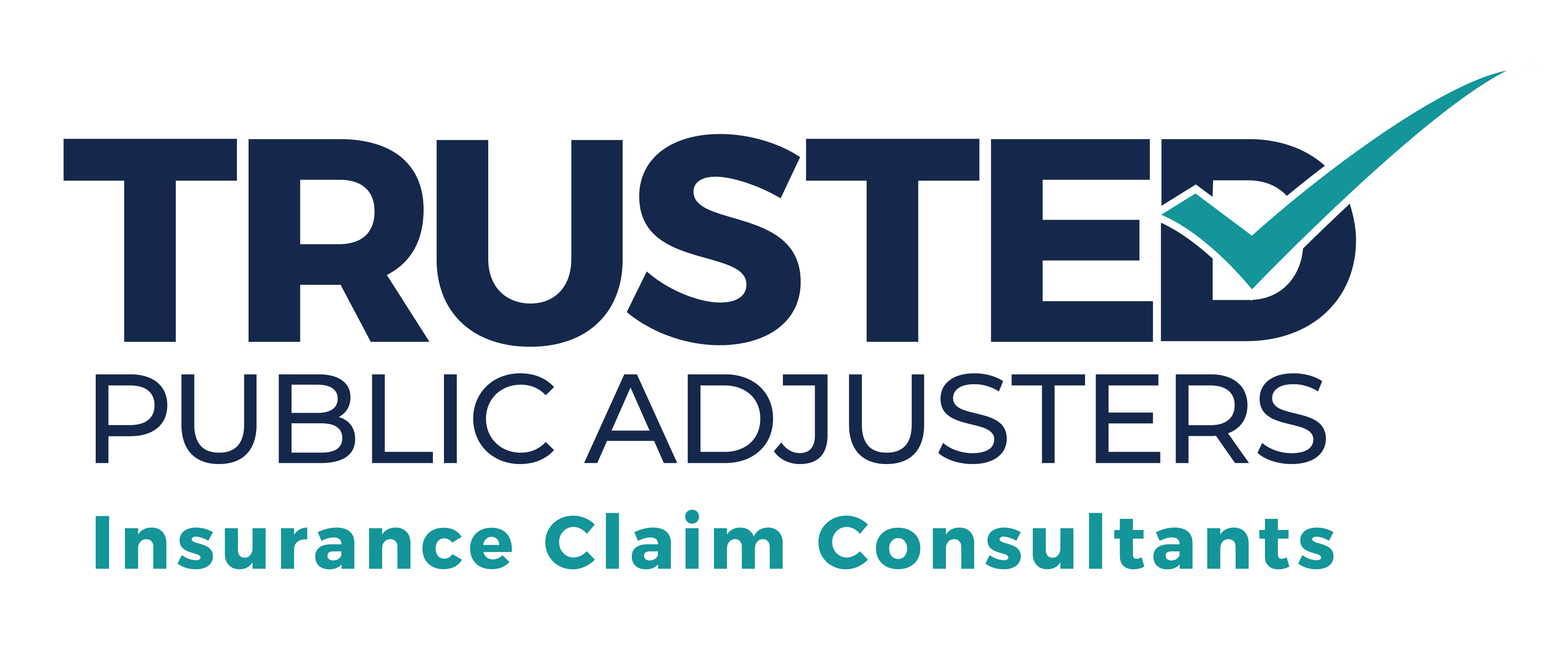
Discovering mold in your home can be a cause for concern. Aside from potential health risks, mold infestations can also lead to property damage. When faced with this situation, it is crucial to handle it promptly and effectively, especially when dealing with insurance claims. In this article, we will guide you through the step-by-step process of filing a mold damage insurance claim to maximize your chances of a successful settlement.
- Notify Your Trusted Public Adjuster Immediately:
As soon as you suspect or discover a mold infestation, it’s essential to contact your trusted representative. Our team of experts will act quickly to inspect, document, and properly report the insurance claim. Having an expert work for will you make sure that the process runs smoothly, alleviating the headaches for you. - We Review Your Insurance Policy:
We take the time to thoroughly examine your insurance policy, paying close attention to the Declarations Page. This page contains vital information about coverage, policy limits, and effective dates. Our adjuster will familiarize you with the inclusions, exclusions, and necessary documents required to support your claim. - Preserve Evidence:
Avoid making any permanent repairs or disposing of damaged property until an inspector has assessed the situation. Your Trusted Public Adjuster will guide you on the necessary emergency repair that will be needed to protect your property. We take photos, videos, and create an inventory of all the affected areas and items. Our team ensures to document each loss accurately, providing a clear representation of the extent of the damage. We will provide factual descriptions and values. - Seek Professional Assistance:
Filing a mold damage insurance claim can be overwhelming, particularly if you’re unfamiliar with the intricacies of the process. Hiring an independent trusted public adjuster such as Trusted Public Adjusters can greatly assist you in navigating the claim process. They will act as your advocate, communicating with the insurance company, documenting damages, and facilitating the handling of items. While their services may not be covered by your insurance policy, having an independent appraiser ensures unbiased assessments and helps protect your rights as a policyholder. - Understand State Laws and Your Rights:
It is crucial to familiarize yourself with the insurance laws specific to your state and comply with your insurance company’s reasonable requests for information regarding your claim. Be cautious about providing recorded statements or signing sworn proof of loss forms until you fully understand your rights and what will be covered by your insurance policy. TPA’s team of experts will guide you throughout the whole process.
Conclusion:
Dealing with a mold infestation and filing an insurance claim can be a complex and challenging process. By following the steps outlined in this article, you can navigate the process more effectively and increase your chances of a successful mold damage insurance claim. Remember to act promptly, preserve evidence, review your policy, seek professional assistance, and fully understand your rights. By doing so, you can ensure that your property is restored, and you receive the compensation you deserve.
Reach out to Trusted Public Adjusters for guidance and support throughout the process.
